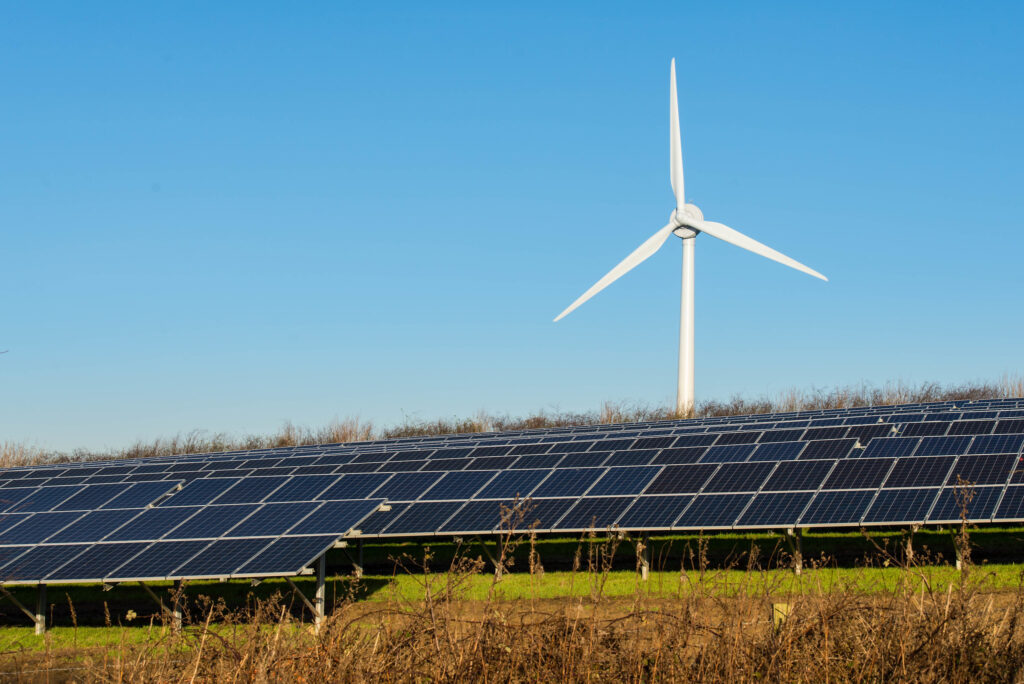
Hybrid renewable energy systems combine multiple renewable energy and/or energy storage technologies into a single plant. The goal is to reduce costs and increase energy output relative to separate systems taking advantage of common infrastructure and the ability of one renewable energy source having appreciable output while a second one might not at a particular time.
Recently, the largest hybrid renewable power plant in the United States was completed in rural Oregon. The Wheatridge Renewable Energy Facility combines a wind farm, a solar array, and battery storage.
Plants that include just solar power and energy storage are also called hybrid plants, but the Wheatridge Facility is special because it includes wind power. The facility comprises a 200-megawatt wind farm, a 50-megawatt solar array, and a 30-megawatt battery system capable of providing power for four hours. The combined system can provide for the electricity needs of about 100,000 homes.
There are about 140 projects in the United States that combine solar and storage. There are 14 that combine solar and wind. There are only four plants – with the completion of Wheatridge – that have wind, solar, and storage.
Wind and solar energy are generally complementary technologies. Wind is usually strongest at night while solar, of course, is a daytime source of energy. Solar and wind plants don’t need to be close together to take advantage of this, but hybrid projects benefit from needing only one grid connection and one lease for land.
**********
Web Links
A Clean Energy Trifecta: Wind, Solar and Storage in the Same Project
Photo, posted December 27, 2015, courtesy of Gerry Machen via Flickr.
Earth Wise is a production of WAMC Northeast Public Radio
Leave a Reply